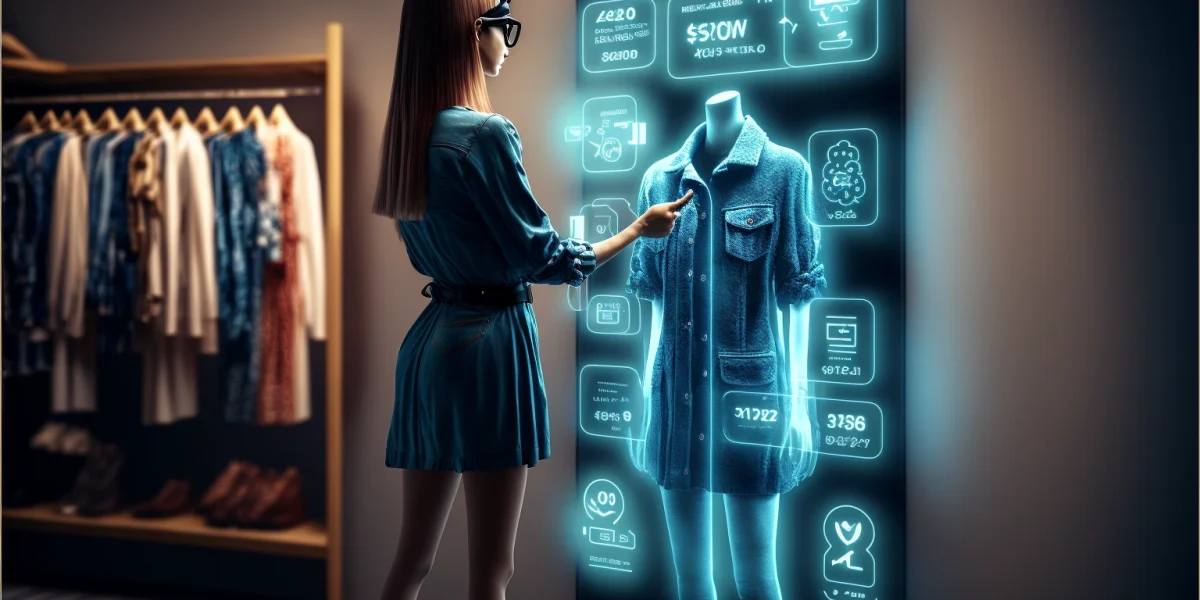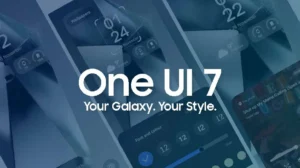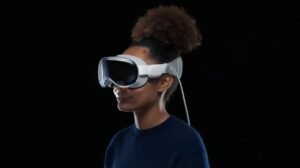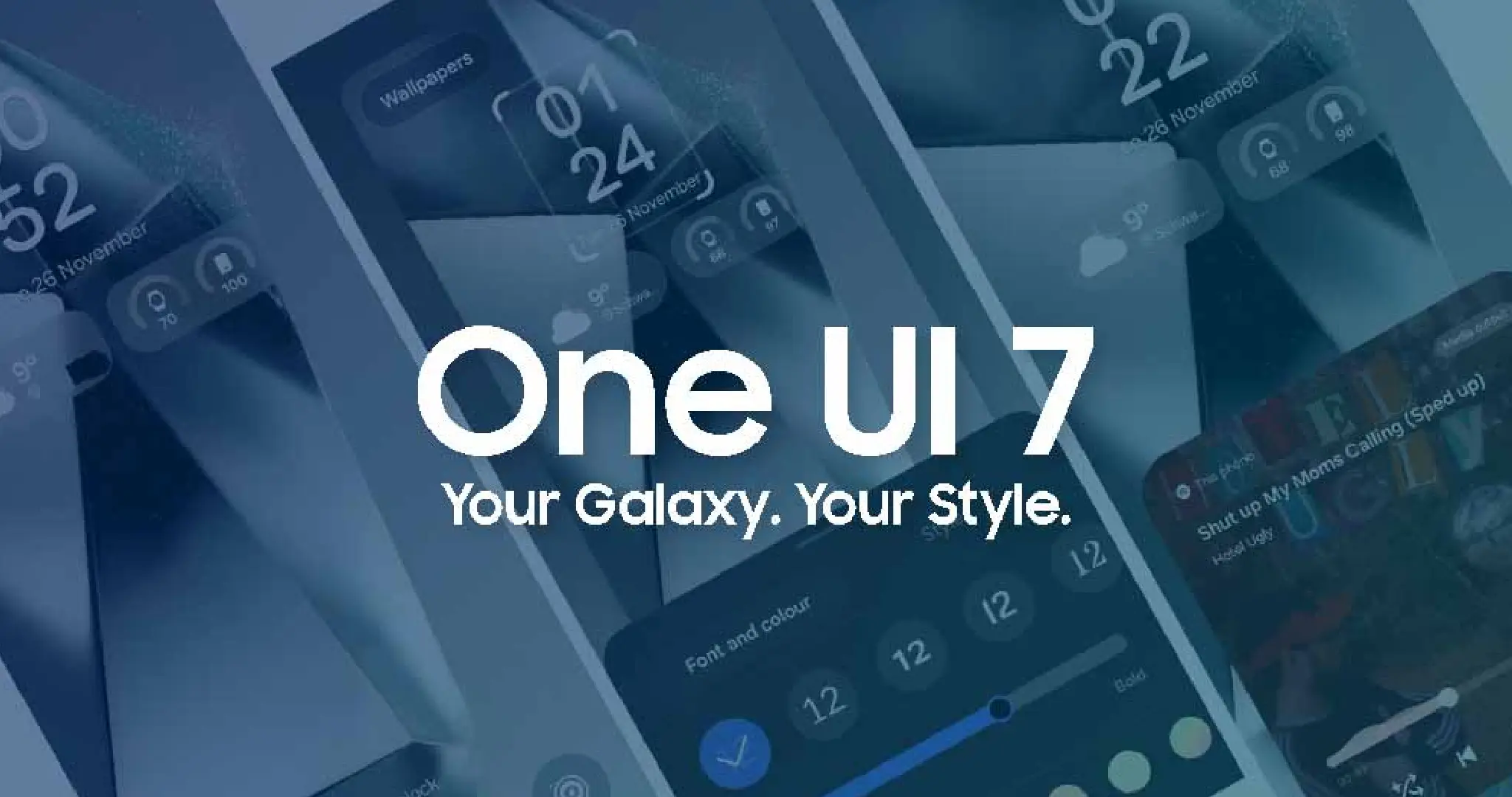In the fast-evolving world of fashion, AI-powered styling apps are reshaping how we select and wear clothes. By merging advanced technology with personal style preferences, these apps are not just changing our shopping habits but are also enhancing our overall style experiences.
The Rise of Personal Stylist Apps
AI-driven stylist applications like Style DNA and YesPlz are leading the charge in personal fashion assistance. Style DNA offers a wide array of services that include daily outfit inspiration and shopping assistance, helping users to find clothes that match their personal style through a vast database of items from numerous brands and retailers. Similarly, YesPlz enhances online shopping with its AI-powered virtual personal shopper, providing tailored style advice through advanced image tagging technology and interactive visual discovery tools.
Holistic Wardrobe Management
The approach to personal styling is seeing a shift from mere shopping to comprehensive wardrobe management. Apps like Fashivly and Glamhive emphasize the importance of integrating new purchases with existing wardrobe pieces, providing services that range from wardrobe cleanouts to complete style overhauls. This holistic approach ensures that users not only add new items but also maximize the use of what they already own, promoting sustainable fashion practices.
AI in Fashion Design and Marketing
Beyond personal styling, AI is making significant inroads into fashion design and marketing. Tools like Botika and ZMO utilize generative AI technology to create hyper-realistic on-model clothing images for online retailers, streamlining the marketing process and reducing the need for traditional photoshoots. McKinsey highlights the application of generative AI in fashion marketing, noting its potential to rapidly produce diverse content that aligns with current trends, thus increasing brand visibility and sales.
Consumer-Centric Features
H&M’s ‘Sorted by H&M’ app exemplifies how AI can cater to individual needs by offering styling suggestions based on user’s body types, tastes, and even eye color. This level of personalization is achieved through machine learning, which adapts to user feedback to refine recommendations.


















Add Comment